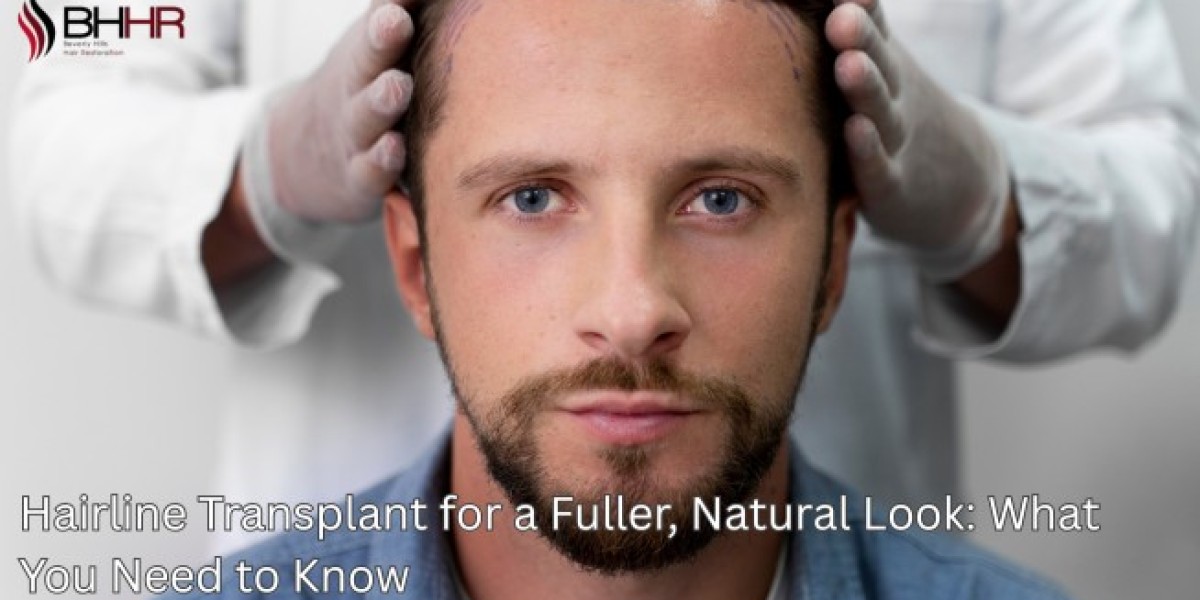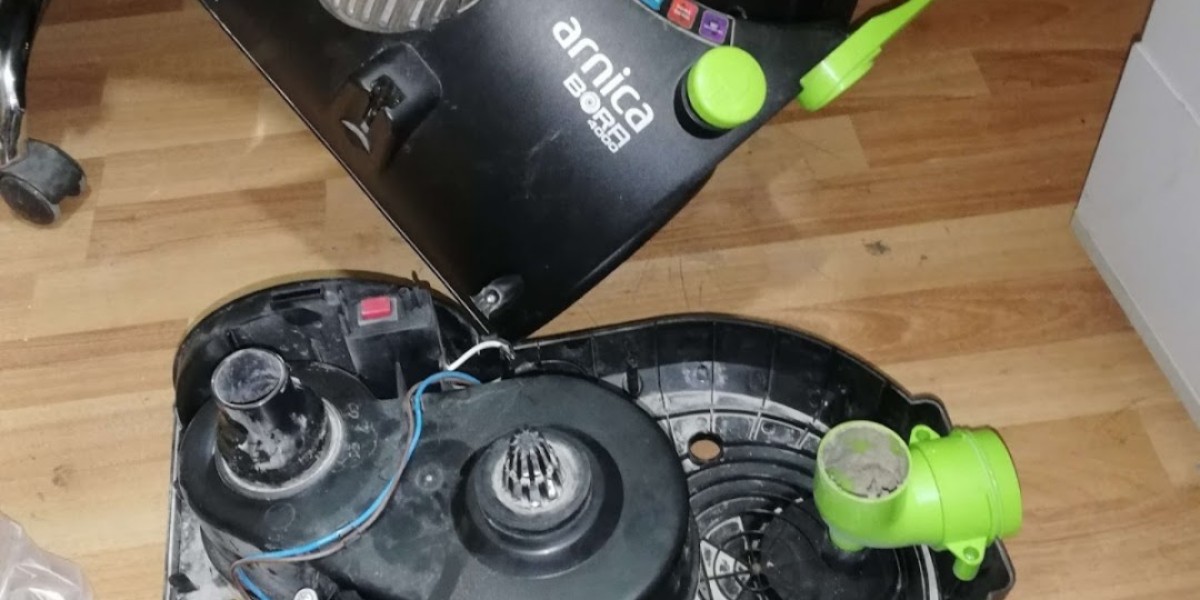A well-defined hairline plays a critical role in framing the face and enhancing overall appearance. For many, thinning or receding hairlines can affect confidence and self-esteem. Advances in hair restoration techniques now allow individuals to achieve a natural, fuller look through a hairline transplant. This article provides an in-depth look at the procedure, benefits, and considerations for anyone exploring this option.
Understanding Hairline Transplant
A hairline transplant is a specialized procedure designed to restore or redefine the frontal hairline. Unlike general hair restoration, this approach focuses on creating a natural contour that complements facial features. The procedure typically uses follicular unit extraction (FUE) or follicular unit transplantation (FUT), both of which involve transplanting healthy hair follicles from a donor area, often at the back or sides of the scalp, to the thinning or receding hairline. The goal is to recreate a hairline that looks natural, symmetrical, and suits the patient’s facial structure. Modern techniques ensure minimal scarring, quicker recovery, and long-lasting results.
Who Can Benefit from a Hairline Transplant
Hairline restoration is suitable for individuals experiencing:
Receding hairlines due to male or female pattern baldness.
Thinning hair at the frontal scalp caused by aging or genetics.
Previous hair loss treatments that were unsuccessful.
Desire for facial symmetry and improved hair density at the hairline.
It is important to note that optimal candidates have healthy donor hair and realistic expectations about the outcome. A professional consultation helps determine suitability and the most effective approach.
The Procedure: What to Expect
A hairline transplant involves several key steps:
Consultation and Planning: A hair specialist assesses hair density, scalp condition, and facial structure to design a hairline that suits the individual.
Donor Hair Harvesting: Using FUE or FUT techniques, hair follicles are carefully extracted from donor areas. FUE involves individual follicle removal, while FUT uses a strip of scalp to obtain grafts.
Graft Preparation: Extracted follicles are sorted and prepared for transplantation to ensure high survival rates.
Recipient Site Creation: Tiny incisions are made along the desired hairline, following the natural direction of hair growth.
Transplantation: Grafts are meticulously placed to create a natural-looking hairline.
Recovery and Aftercare: Patients are advised on proper care, including gentle washing, avoiding sun exposure, and following a prescribed medication regimen to promote healing and hair growth.
The procedure generally takes several hours to complete, depending on the extent of restoration needed. Most patients can resume normal activities within a few days, though full results appear gradually over several months as transplanted hair grows naturally.
Benefits of a Hairline Transplant
Natural Appearance: Modern techniques allow precise placement of follicles, resulting in a hairline that blends seamlessly with existing hair.
Permanent Solution: Transplanted hair is resistant to typical hair loss, providing long-lasting results.
Boost in Confidence: A restored hairline can significantly enhance self-esteem and improve overall appearance.
Minimal Scarring: FUE, in particular, leaves tiny, virtually invisible marks that heal quickly.
Low Maintenance: Transplanted hair requires no special care beyond standard hair hygiene.
Considerations Before Undergoing Treatment
While hairline transplant procedures are generally safe, several factors should be considered:
Realistic Expectations: Achieving perfection is unlikely, and results may vary depending on hair characteristics and scalp condition.
Cost: The procedure can be an investment, often depending on the number of grafts and technique used.
Recovery Time: Although minor, healing requires patience, and the final appearance develops over months.
Potential Risks: Infection, temporary swelling, or minor scarring may occur, but these are usually manageable with proper care.
A thorough consultation with a qualified specialist ensures personalized recommendations, safety, and the best possible outcome.
Tips for Optimal Results
Follow all post-procedure instructions from your hair specialist.
Maintain a healthy diet to support hair growth.
Avoid smoking and excessive alcohol consumption during the recovery period.
Be patient, as full hair growth can take six to twelve months.
Consider gentle scalp massages to stimulate blood circulation after the healing phase.
Conclusion
A hairline transplant offers an effective solution for individuals seeking a fuller, natural-looking hairline. With advances in FUE and FUT techniques, the procedure delivers long-lasting results with minimal discomfort and downtime. Careful planning, consultation, and adherence to aftercare guidelines are key to achieving the best possible outcome. For those struggling with a receding or thinning hairline, this procedure can be life-changing, restoring both hair and confidence. By understanding the process, benefits, and considerations, patients can make informed decisions and take the first step toward a rejuvenated, natural-looking hairline.







